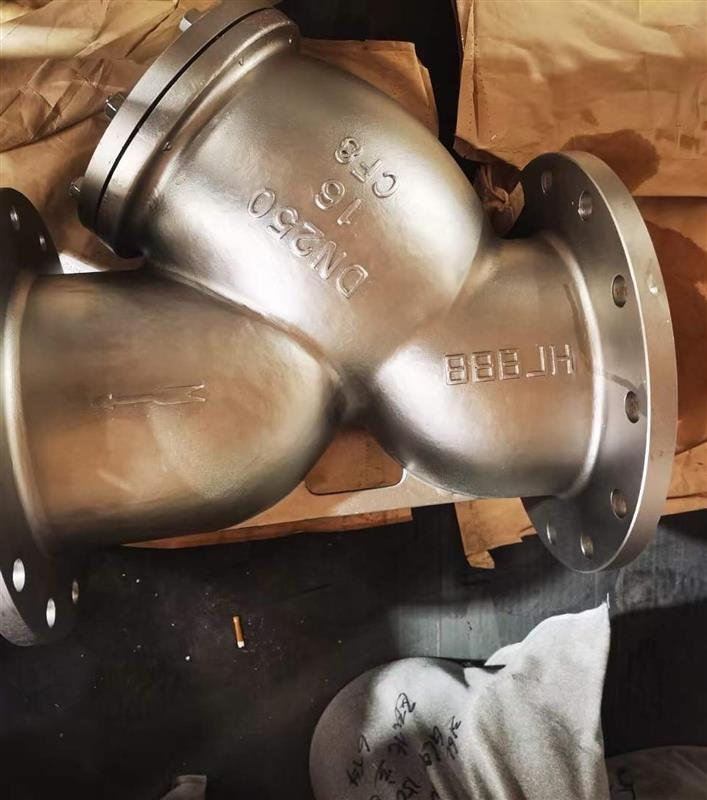UAE Valves is a trusted manufacturer and supplier of an advanced valve offering simple and easy solutions to industries across the Middle East. Among our most innovative products are electric actuated valve—engineered for precision, reliability, and automation. In this comprehensive guide, we will answer the question, how do electric actuated valves work?, and explore their structure, functionality and benefit across different industrial application.
Definition: What Are Electric Actuated Valve?
Motorized valve or electric actuated valve are valve used to open, close, and/or modulate fluid or gas flow in a piping system via an electric motor. In comparison with manually actuated valves using human effort to operate, motorized valves promote remote and automation capabilities, finding widespread application among process industries requiring cutting-edge, technologically centered systems.
These valves integrate mechanical valve bodies with electric actuator, which convert electric energy into mechanical movement, to cause the valve to shift between open and closed position — or any middle position for throttling.
Main Component of an Electric Actuated Valve
To comprehend how electric actuated valve work, it is essential to examine their main component:
- Valve Body – The core component of the valve through which the medium (fluid/gas) passes. It may be of different types—ball, butterfly, globe, gate or plug.
- Electric Actuator – The backbone of the system. This device transform electrical energy into torque to drive the valve stem.
- Motor – Typically an AC or DC motor that drive the actuator.
- Gearbox – Lowers the speed and raise the torque supplied by the motor.
- Limit Switches – Sense the open and closed position of the valve.
- Manual Override – Provide for manual operation in case of power failure or maintenance.
- Positioner (optional) – For modulating application where the valve has to be positioned between fully open and fully closed.
Working Mechanism: How Do Electric Actuated Valve Work?
Working Principle of Electric Actuated Valve is simple yet very efficient. When an electrical signal is input to the actuator, the motor gets powered and creates rotating or linear movement. The motion is then sent through the gearbox to the valve stem and forces the valve open, close, or modulate.
Two Types of operation:
- On/Off (Two-Position) – Valve will be open or closed.
- Modulating (Proportional) – The valve modulates to different positions based on the received signal, enabling accurate flow control.
The actuator is signaled by a control system (e.g., PLC or DCS), providing real-time operation with little human interaction. When the valve is at its desired position, the actuator ceases, and the limit switches indicate completion of the process.
Advantages of Electric Actuated Valve
Electrically actuated valves have several benefits that make them the choice in automation and control systems:
- Remote Control – Operated remotely from a control room or using IoT-enabled devices.
- Accurate Control – Best for systems needing to regulate the flow precisely.
- No Air Supply Required – They do not need compressed air system unlike pneumatic actuator.
- Less Cost of Operation – Energy saving and economical to use in the long run.
- Silent Operation – Electric motor are less noisy compared to pneumatic or hydraulic system.
- Safe and Environmentally Friendly – No emission so they are well suited to clean environment.
Industry That Use Electric Actuated Valve
Electric actuated valve are applied across the wide range of industry, especially where automation and control are essential. Some of the primary industries are:
- Oil and Gas – For managing the flow of crude oil, natural gas and refined product.
- Water and Wastewater Treatment – Employed in automatic filtration, chemical dosing and distribution.
- HVAC System – For control of air and water flow in heating, ventilation and air conditioning system.
- Power Generation – In boiler, turbine and cooling system for best performance.
- Chemical Processing – To handle aggressive fluid at high pressure and temperature.
Why Are Electric Actuated Valve Necessary?
With the industrial sector quickly moving toward automation and intelligent control, electric actuated valve have become the need of the hour. Here is why:
- Enhanced Safety – Remote control does away with the requirement of human presence in dangerous environments
- Increased Efficiency – Automated valves react quicker and more uniformly than manual valves.
- Less Human Error – Programmed operation guarantees uniformity in process control.
- Predictive Maintenance – Advanced actuator can detect irregulariy and alert maintenance team.
In a world that demand speed, accuracy, and connectivity, electric actuated valves provide a future-proof solution.
Why Choose UAE Valves?
UAE Valves stands at the forefront of valve technology, providing not just products—but solutions that drive efficiency and reliability. Here is what sets us apart:
- Certified Quality – All our electric actuated valves meet global standards.
- Custom Solutions – We design every product to your requirements, from voltage to control logic.
- Reliable Support – With warehousing in the UAE and a local service team, we deliver fast deliveries and 24/7 technical support.
- Expertise You Can Rely On – With our so many years of experience, we cater to a broad customer base ranging from small plants to mega infrastructure projects.
By selecting UAE Valves, you’re selecting precision, performance, and peace of mind.
Conclusion
Electric actuated valve are a pillar of accurate flow control, providing unparalleled precision, safety, and automation. From water treatment facilities to high-pressure gas pipelines, their uses are as extensive as their advantages. We hope this guide has answered your question, how do electric actuated valves work?, and shed light on their significance in the modern industrial landscape.
At UAE Valves, we are committed to providing the best electric actuated valves that will satisfy the needs of the toughest industries. Call us today to learn how our solutions can optimize your operational efficiency.



